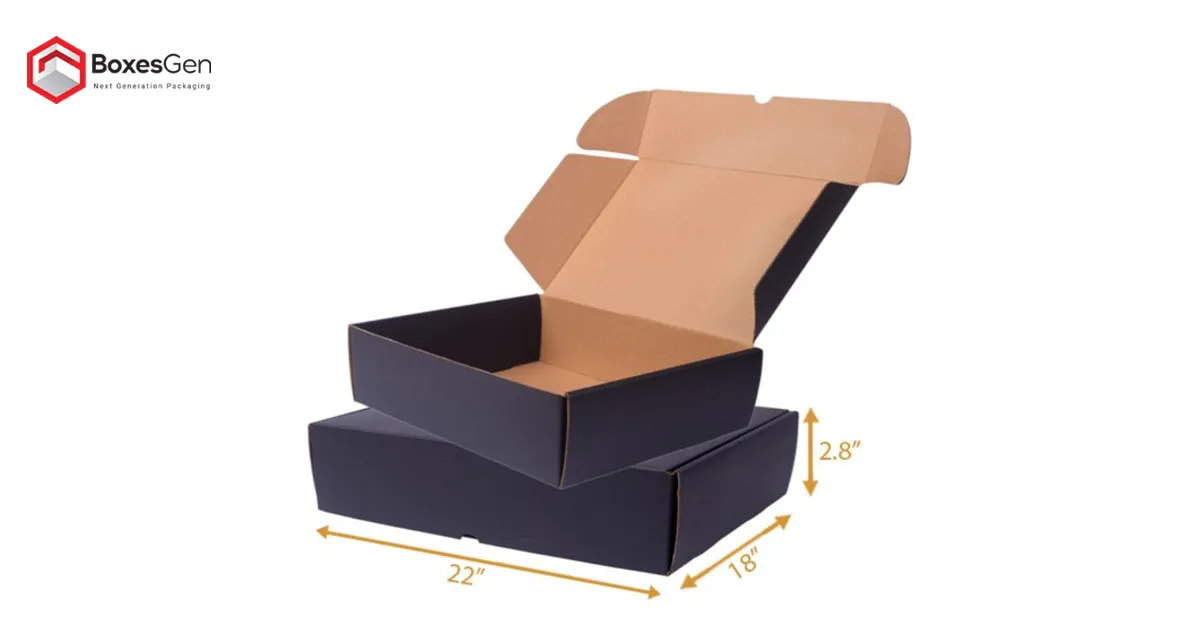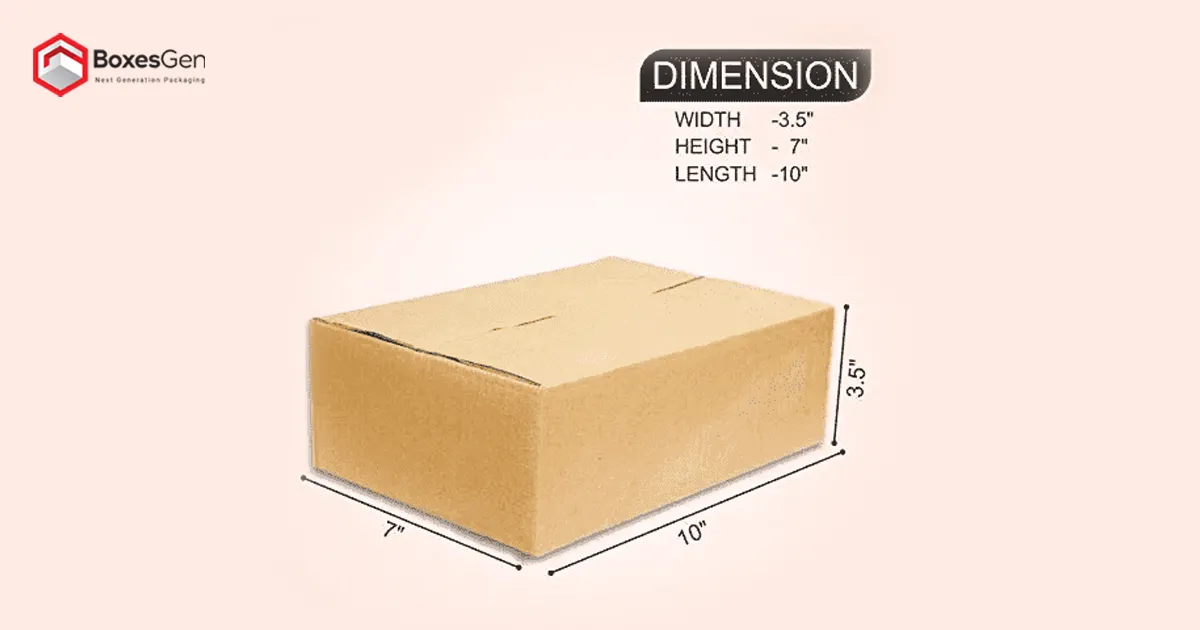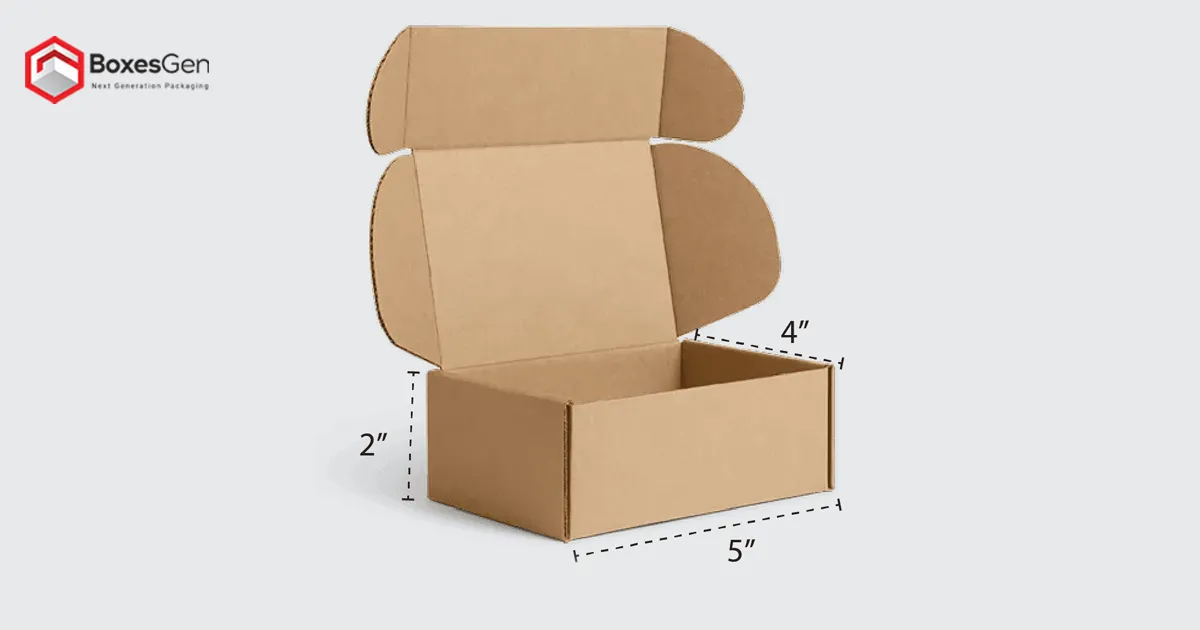Length Width Height – Understanding Dimensions
Dimensions are fundamental aspects of the physical world and play a crucial role in defining objects’ size, shape, and structure. Length, width, and height are three key parameters that comprehensively describe an object’s spatial characteristics. This article will explore the significance of Length, width, and height and how they are commonly represented in various contexts.
What is Length x Width x Height
- Length by Height by Width
“length by height by width” refers to the sequential arrangement of an object’s dimensions. Length typically represents the longest dimension, followed by height and width. For instance, when measuring a rectangular Box dimension, you might describe it as having a certain length, followed by its height and width.
- Height by Width by Length
Similarly, “height by width by length” implies a specific order of dimensions. This sequence begins with height, then width, and concludes with Length. This format is commonly used in architectural and engineering contexts to communicate the spatial characteristics of structures or objects.
What is W x D x H?
W x D x H typically stands for Width x Depth x Height. It is a common notation used to represent the dimensions of an object or space. For example, if you are describing the Dimensions of a Small Box, the width would be the measurement from side to side, the Depth would be the measurement from front to back, and the height would be the measurement from top to bottom. Using this notation helps provide a clear understanding of the size and shape of an item or space.
What Is the Order of Length Width Height?
The Length, width, and height order is typically specified consistently to avoid confusion. The standard order is:
- Length: This is the longest dimension of an object, typically considered along the horizontal axis. Width: The width is the dimension perpendicular to the
- Length is often called the side-to-side measurement.
- Height: Height is the vertical dimension, representing how tall an object is.
So, the order is usually expressed as Length, width, and height when describing Shipping Box Dimensions. Maintaining this order provides a standardized and universally understood way of communicating the spatial characteristics of Mailer Boxes.
Length, Width, Height – Understanding the Order
It is crucial to maintain a consistent order to avoid confusion when expressing dimensions. The Length, width, and height sequence provides a standardized approach to dimension representation.
- Height Width Length
The height, width, and length arrangement can vary depending on the context. In some scenarios, height may be mentioned first, followed by width and Length. This order is often used when emphasizing the vertical aspect of an object.
- Length x Width x Height
Using “x” to denote multiplication is common in mathematical representations of dimensions. Expressing dimensions as Length x width x height provides a clear mathematical understanding of the spatial parameters of an object.
- Length, Width, and Height
Length, width, and height collectively contribute to comprehensively understanding an object’s spatial characteristics. This phrase is commonly used to encompass all three dimensions in a single description.
Length Width Height of A Box
A box’s Length, width, and height refer to its three main dimensions. These dimensions are typically labeled as follows:
- Length: The measurement from one end of the box to the other, typically the longest side.
- Width: The measurement from side to side, usually the shorter dimension than the Length.
- Height: The measurement from top to bottom represents the vertical dimension.
When describing a box, these dimensions are often listed in length x width x height. For example, if a box has dimensions of 10 inches by 6 inches by 4 inches, you would express it as “10” (Length) x “6” (width) x “4” (height).
What is the Difference Between Length Width Height?
Length, width, and height are three dimensions that describe an object’s size and shape in three-dimensional space. The main differences between them are the directions they represent:
- Length is the longest dimension of an object, typically the measurement from one end to the other. It is along the longest axis of the object.
- Width is the measurement of an object from side to side. It is the dimension that runs perpendicular to the Length.
- Height is the vertical measurement of an object, typically from the bottom to the top. It is the dimension that runs perpendicular to both Length and width. In summary, Length, width, and height provide a comprehensive description of the three main dimensions of an object, and each dimension represents a different direction in three-dimensional space.
How to Calculate Cubic meter from Length Width Height?
To calculate the volume in cubic meters from the Length, width, and height of an object, you can use the formula:
Volume (cubic meters) = Length x Width x Height
Make sure all the measurements are in meters for this calculation to give the result in cubic meters. Here’s a step-by-step guide:
1. Ensure the Measurements are in Meters
If your measurements are in centimeters or millimeters, you must convert them to meters. Divide each measurement by 100 for centimeters or 1000 for millimeters.
2. Apply the Formula
Multiply the Length, width, and height together.
3. Interpret the Result
The result will be in cubic meters (m³)
Here’s an example:
Suppose you have a box with the following dimensions:
- Length = 2 meters
- Width = 1.5 meters
- Height = 0.8 meters
Volume = 2 m x 1.5 m x 0.8 = 2.4 cubic meters
So, the volume of the box is 2.4 cubic meters.
Measuring Techniques
Accurate Length, width, and height measurement is crucial for precision in various industries. In construction and carpentry, tape measures are commonly used to determine the Length and width of materials, while height may be measured using leveling tools. In scientific contexts, advanced equipment like calipers and laser measuring devices are employed for precise measurements.
Dimensional Analysis in Design
Designers heavily rely on accurate dimensioning to bring their concepts to life. Furniture designers, for instance, meticulously consider the Length, width, and height of their creations to ensure they fit seamlessly into living spaces. The proportional balance of these dimensions contributes to the aesthetic appeal and functionality of the final product.
Packing and Shipping
In logistics, understanding the dimensions of packages is crucial for efficient packing and shipping. Shipping companies use packages’ Length, width, and height to calculate volumetric weight, influencing shipping costs. Efficient packing, considering these dimensions, also minimizes wasted space during transportation.
Standardization in Manufacturing
Custom Box Manufacturers adhere to standardized dimensions to ensure compatibility and interchangeability of parts. In industries like automotive manufacturing, standardized measurements for components such as bolts, nuts, and pipes allow for seamless assembly and maintenance.
Spatial Representation in Mathematics
The Length, width, and height dimensions are fundamental in geometry and mathematical modeling. Three-dimensional Cartesian coordinates (x, y, z) rely on these dimensions, providing a precise way to represent points and shapes in space. Understanding spatial relationships is essential in various mathematical disciplines.
Artistic Expressions
Artists often manipulate the dimensions of their canvases or sculptures to convey a particular message or evoke specific emotions. The Length, width, and height arrangement can influence the viewer’s perception and engagement with the artwork, making dimensions a critical element in the artistic process.
3D Printing and Additive Manufacturing
In 3D printing and additive manufacturing, accurate Length, width, and height representation is paramount. Designers use computer-aided design (CAD) software to precisely define these dimensions, allowing for the creation of intricate three-dimensional objects layer by layer.
Environmental Impact Assessment
Assessing the environmental impact of structures involves considering their physical dimensions. Tall buildings may cast shadows affecting the surrounding environment, and the dimensions of infrastructures like bridges and tunnels are crucial factors in evaluating their ecological footprint.
Conclusion
In essence, All About Dimensions of Length, width, and height permeate various aspects of our lives, from the design and construction of buildings to the creation of everyday objects. Whether in artistic expressions, scientific endeavors, or logistical considerations, a comprehensive understanding of these dimensions is essential for navigating the intricacies of our three-dimensional world. As technology advances and industries evolve, the significance of Length, width, and height remains a constant in shaping our physical reality.
FAQs
What Is the Significance of Length Measurement?
Length measures the longest dimension of an object, providing a fundamental parameter for understanding its size and spatial characteristics. It is crucial in design, construction, and manufacturing, influencing space utilization and proportions decisions.
How Does Width Impact Object Functionality?
Width, the side-to-side dimension of an object, plays a critical role in determining stability, balance, and spatial requirements. It directly influences an object’s form and functionality, affecting design considerations and usage scenarios in various industries, from furniture to transportation.
Why Is Height an Essential Dimension?
Height, representing the vertical extent of an object, is pivotal in spatial planning, ensuring compatibility with surroundings and user needs. It influences visibility, accessibility, and aesthetics, making it a key factor in architectural design, interior layout, and product development across diverse applications.
How Do Length, Width, And Height Differ?
Length is the longest dimension, width is the side-to-side measurement, and height is the vertical extent. These three dimensions collectively define an object’s size and shape in three-dimensional space, providing comprehensive information crucial for design, engineering, and spatial analysis in various disciplines.
How Does Width Affect the Stability of Structures?
Width is a critical factor in determining structures’ stability and load-bearing capacity. A wider base provides greater stability, making it essential in architectural and engineering contexts. Engineers and designers carefully consider width when planning foundations, supports, and frameworks to ensure structural integrity and resistance to external forces.
What Impact Does Height Have On Aesthetics?
Height significantly influences the visual appeal of objects and structures. In design, the vertical dimension contributes to proportions, symmetry, and overall aesthetics. Whether creating buildings, furniture, or artistic compositions, understanding and manipulating height is essential for achieving visually pleasing and harmonious designs that resonate with users and observers alike.
How Do Dimensions Impact Furniture Design?
Dimensions, including Length, width, and height, are pivotal in furniture design. They determine the size, functionality, and ergonomics of the pieces. Designers carefully consider these dimensions to create furniture that fits seamlessly into spaces, meets user needs and adheres to design principles. Proper proportions and thoughtful dimensioning enhance both aesthetics and usability in furniture design.
Why Is Precision Crucial in Measuring Dimensions?
Precision in measuring dimensions, including Length, width, and height, is essential for accurate construction, manufacturing, and design. Inaccurate measurements can lead to flawed products, unstable structures, and inefficient use of space. Precise dimensioning ensures that objects meet specifications, adhere to safety standards, and function as intended, minimizing errors and improving overall quality.
How Can Dimensions Impact Shipping and Logistics?
Dimensions, particularly Length, width, and height, are crucial in shipping and logistics. Properly recorded dimensions ensure efficient use of cargo space, facilitate accurate weight and volume calculations and help prevent damage during transportation. Adhering to standardized dimension guidelines is essential for optimizing shipping processes, reducing costs, and ensuring safe and timely delivery.











